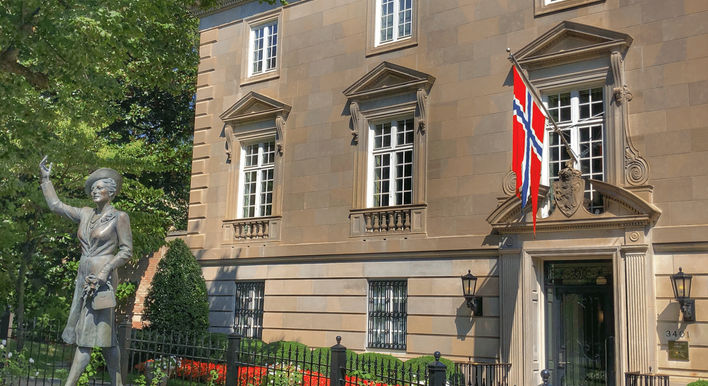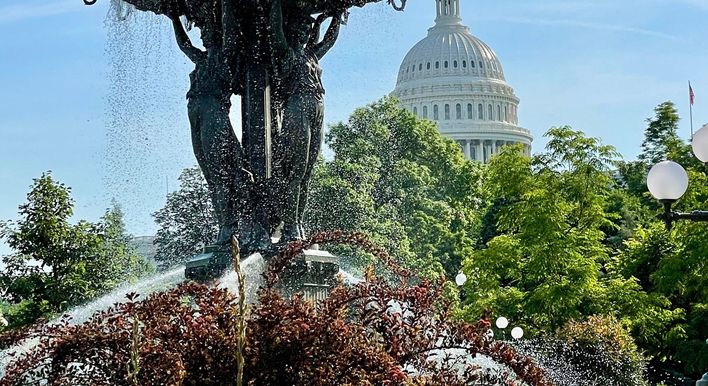Lavinia Ream, known as Vinnie, knew if she was going to make it as an artist in Washington, she had to play the city’s power game just as the men did.
A tour we think you'll love
Ream was born in Wisconsin in 1847, her family later moved here when her father was hired as a government mapmaker. Ream learned early what every successful Washington operative knows: Connections are everything. And she made the most of hers. She used them to become one of the first few female clerks hired by the U.S. post office. A college alum connected her with Clark Mills whom she studied under and whose work can be seen atop the Capitol and in front of the White House.
Ream’s friends help her get access to President Lincoln who agrees to sit for her 30 minutes a day for five months to create a bust of him. The work is nearly complete when Lincoln is assassinated. Ream is shocked by the violent death of one she spent so much time with but pushes on until the bust is complete.
The Lincoln bust positions Ream to win a Congressional commission for a full-length statue of the late president. At age 18 Ream is the youngest artist and first woman to receive a commission from the US government for a statue.
Ream was beautiful, a charming conversationalist, and a very public woman. She wasn’t a wall flower, and this made her an easy mark for those disparaging her selection to do the Lincoln sculpture. Today her sculpture of Lincoln still stands in the Capitol rotunda.
Later, like any Washington insider, she continued to work her connections. She won the commission for the statue of Admiral David Farragut, the subject of a previous blog.
Ream went on to contribute two other works in the Capitol. That of Sequoyah, the Oklahoma inventor of the Cherokee alphabet and Iowa governor Samuel Kirkwood.
Ream married an army officer whose Victorian sensibilities did not approve of his wife working. She complied with his wishes, but this deprived us of so much she could have created. But she did have the last word. Her sculpture of the poet Sappho marks their graves here at Arlington National Cemetery.






